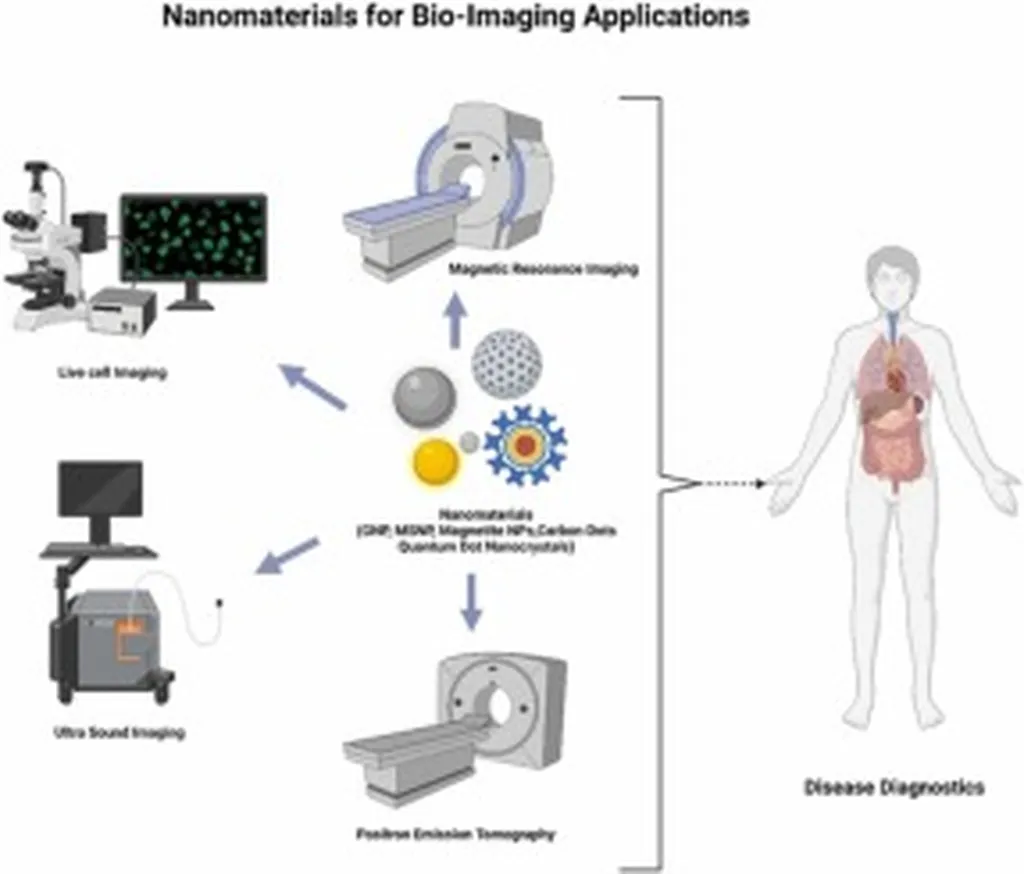In the bustling world of nanotechnology, a new review published in *Biofunctional Materials* (translated from Chinese as *Biological Functional Materials*) is making waves, offering a fresh perspective on the potential of optically active nanomaterials in bio-applications. Led by Mengna Zhang from the School of Food Science and Technology at Jiangnan University in China, the research delves into the latest advancements in this rapidly evolving field, promising to inspire further innovations in biocatalysis, biosensing, and nanomedicine.
Optically active nanomaterials, known for their unique chiral properties, have been gaining traction for their exceptional potential in various bio-applications. These materials exhibit remarkable catalytic, optical, and photothermal capabilities, making them valuable contributors to fields such as biocatalysis, biosensing, and nanomedicine. “The progress in this area has been notable, and we aim to provide a comprehensive insight into these advancements,” says Zhang, highlighting the significance of their review.
The review comes at a time when the demand for efficient and sustainable solutions in the energy sector is higher than ever. Optically active nanomaterials, with their unique properties, could play a pivotal role in developing advanced biofuels and improving energy storage systems. “The potential applications of these materials are vast, and their impact on the energy sector could be substantial,” Zhang explains.
The research also sheds light on the role of bionic synthesis in the development of optically active nanomaterials. By mimicking biological processes, scientists can create nanomaterials with enhanced properties, paving the way for more efficient and effective bio-applications. This approach not only promises to revolutionize the field of nanotechnology but also offers a sustainable and eco-friendly alternative to traditional methods.
As the world grapples with the challenges of climate change and energy sustainability, the findings of this review could not be more timely. By harnessing the power of optically active nanomaterials, we could be on the cusp of a new era in bio-applications, one that promises to reshape the energy sector and pave the way for a more sustainable future.
The review, published in *Biofunctional Materials*, serves as a testament to the incredible potential of optically active nanomaterials. As we stand on the brink of this new era, one thing is clear: the future of bio-applications is bright, and it’s chiral.

